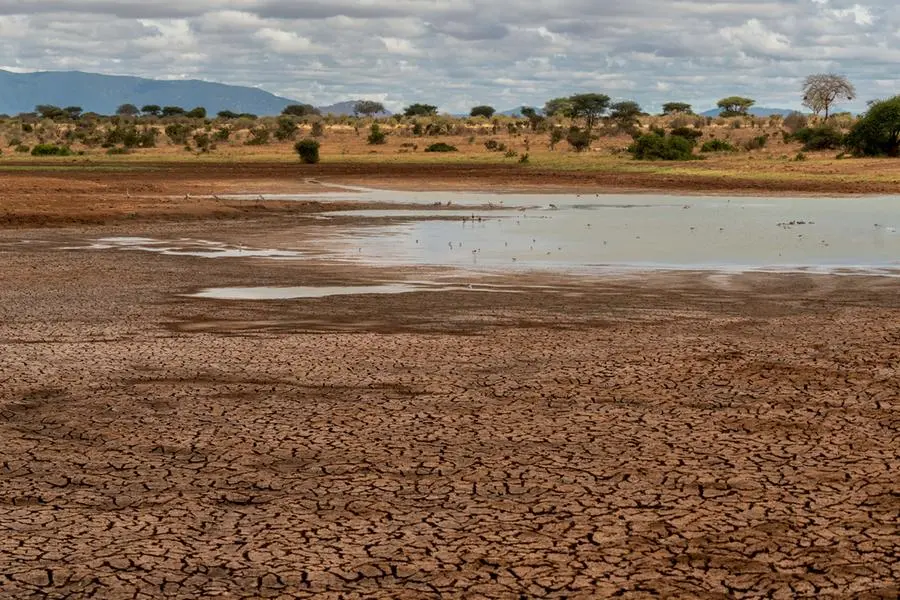
Climate change is posing an increasing threat to global socio-economic development and environmental sustainability. Developing countries with low adaptive capacity and high vulnerability to the phenomenon are disproportionately affected.
Harvests and agricultural production, which account for approximately 33% of the total Gross Domestic Product (GDP), are also at risk. The increased temperatures, rainfall variability in arid and semi-arid areas, and strong winds associated with tropical cyclones have combined to create favorable conditions for the breeding and migration of pests. An increase in temperature of up to 2.5 °C by 2050 is predicted to increase the frequency of extreme events such as floods and droughts.
Hot and dry conditions in Arid and Semi-Arid Lands (ASALs) exacerbate droughts and flooding brought on by extreme weather changes, making them even more dangerous. Coastal communities are already experiencing sea level rise and associated challenges such as saltwater intrusion.
All Kenyans are highly encouraged to plant more trees to curb this vast drought that is in our country right now, which is causing more harm than good to our economy.
Lake Victoria, Lake Turkana, and other lakes have significantly increased in size between 2010-2020, flooding lakeside communities. All these factors impact at-risk populations like marginalized communities, women, and the youth.
Climate change in Kenya is increasingly impacting the lives of Kenya’s citizens and the environment. Climate Change has led to more frequent extreme weather events like droughts, which last longer than usual, irregular and unpredictable rainfall, flooding, and increasing temperatures.
All Kenyans are encouraged to take this matter very seriously so as to curb the issue of weather and climatic changes that may lead to loss of lives.

